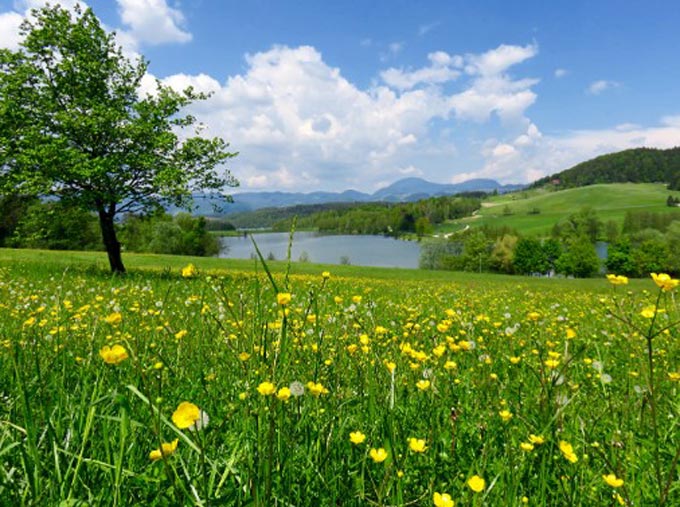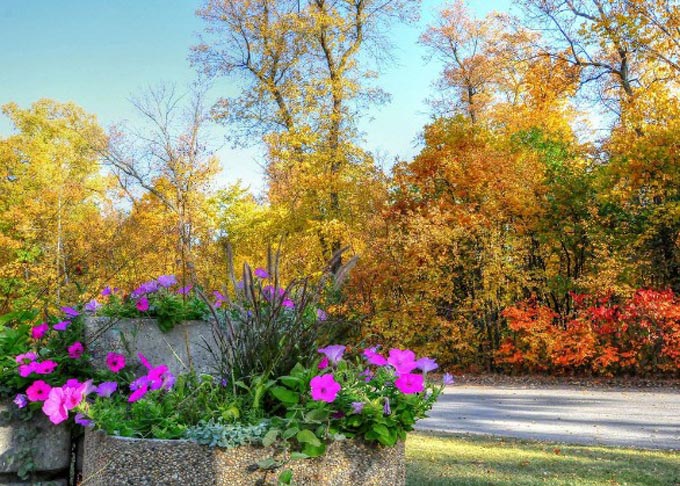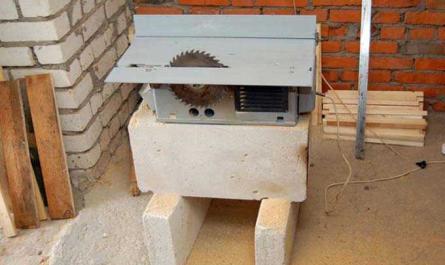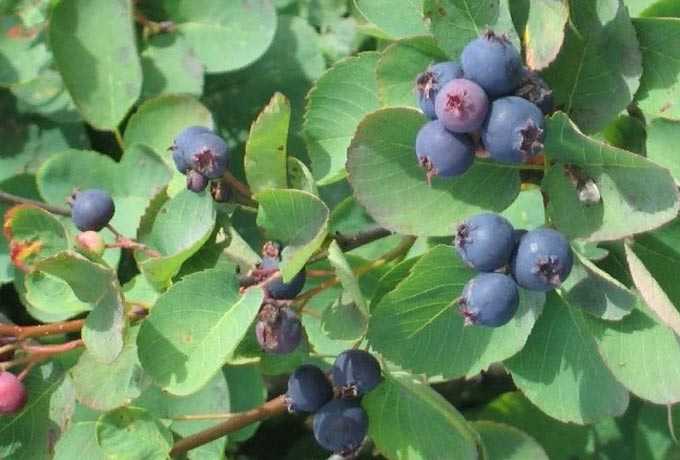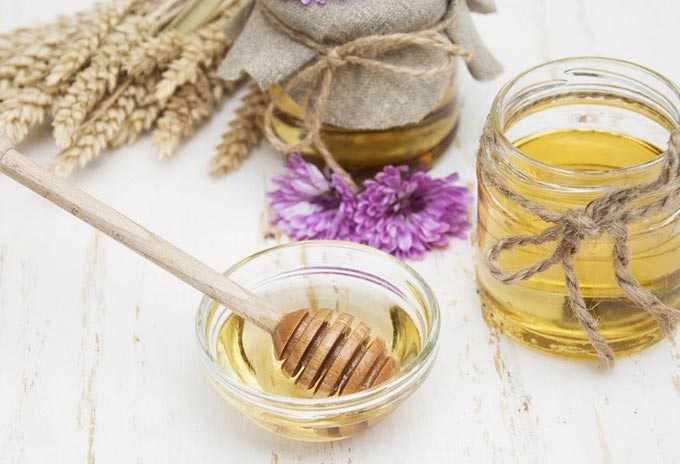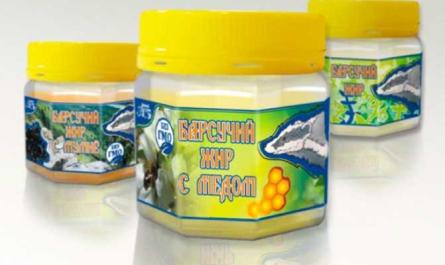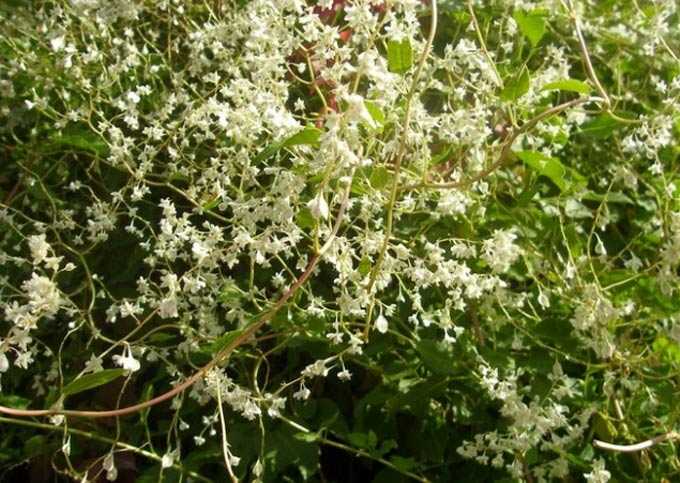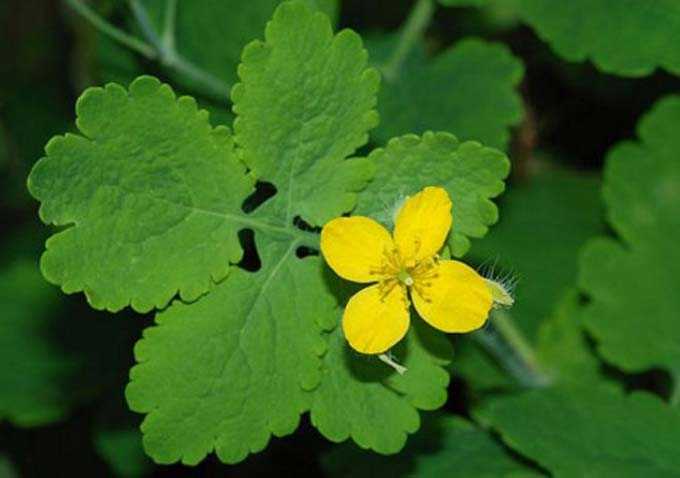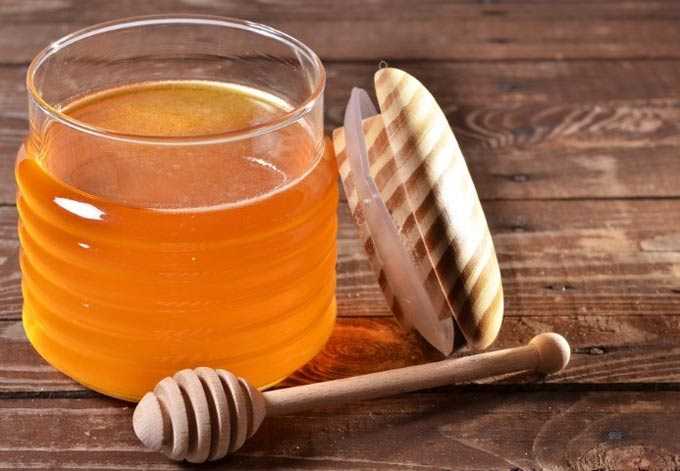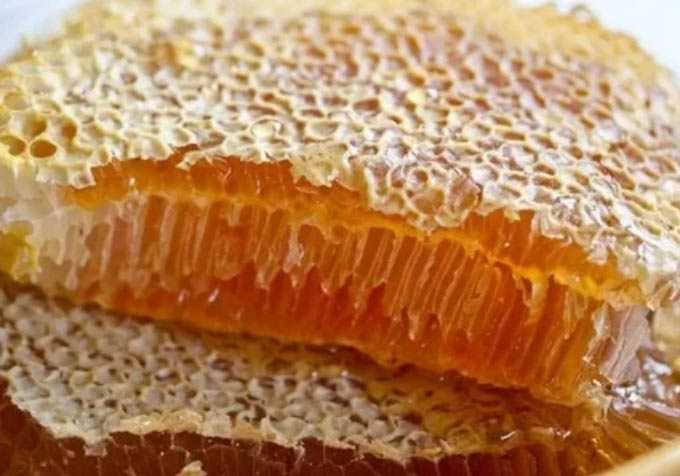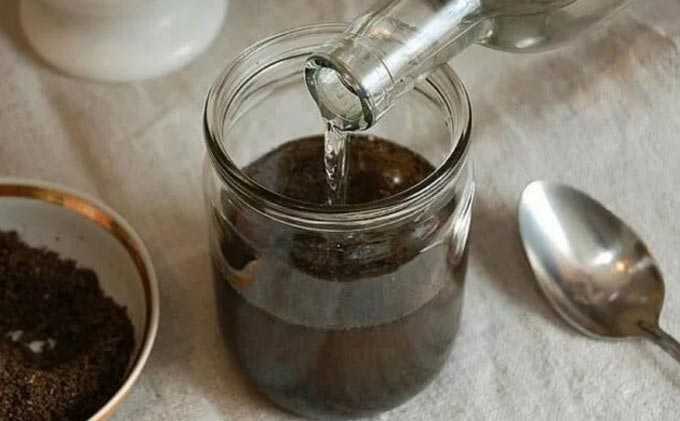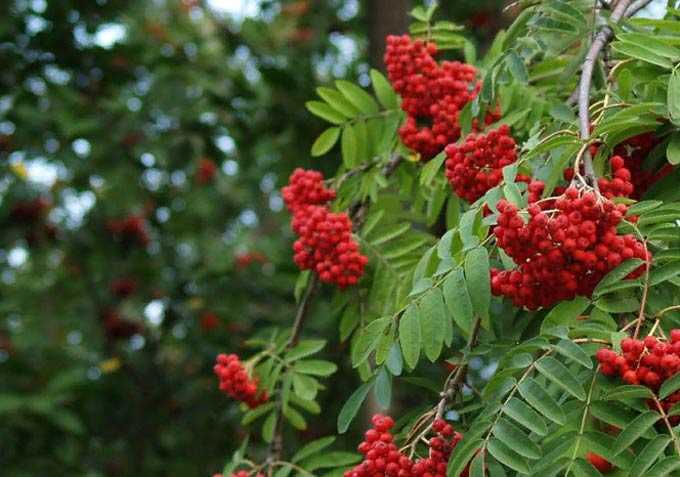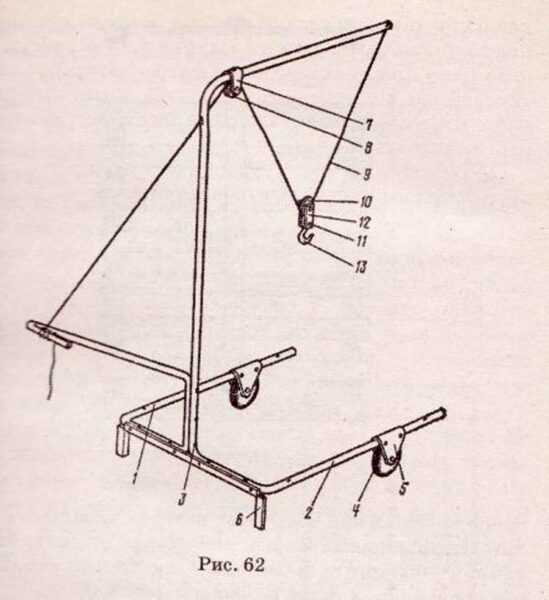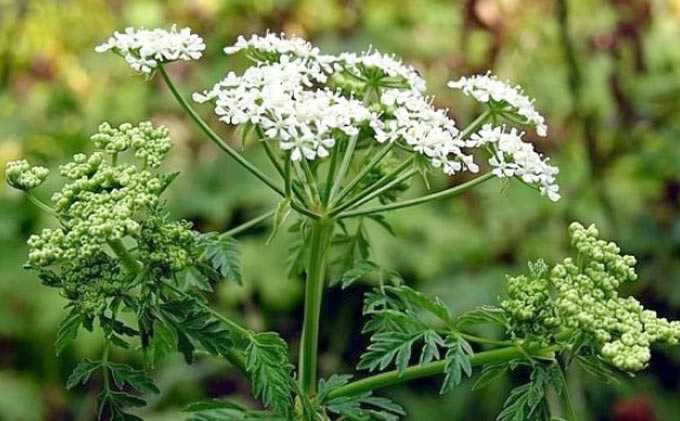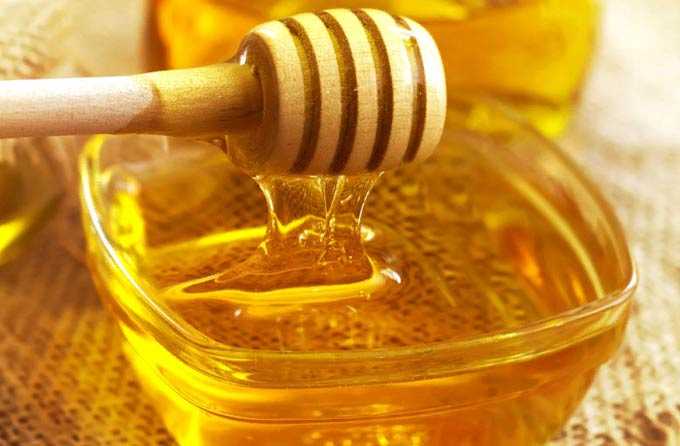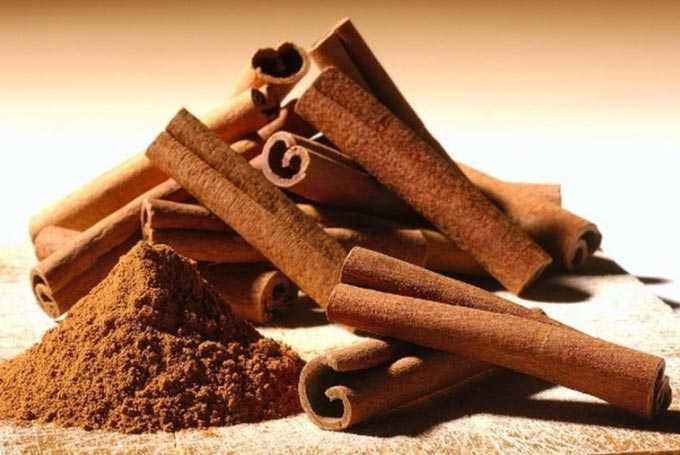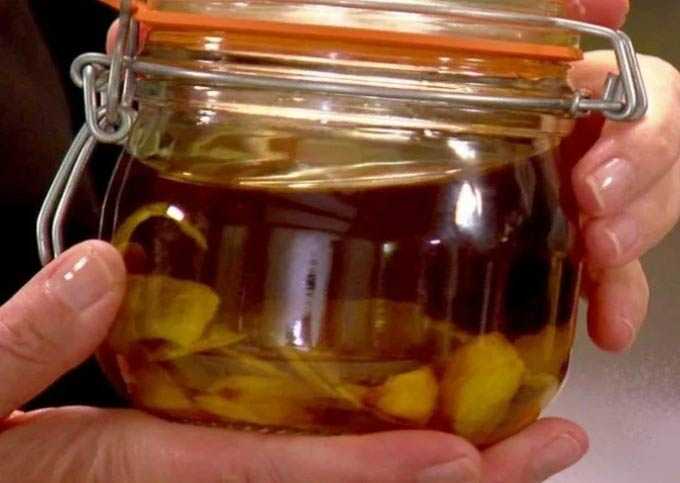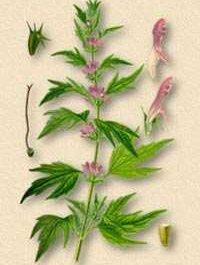The flowering calendar of honey plants is the basis for planning work in the apiary. Each area has its own characteristics of the development and flowering of plants. Even if we are talking about one climate zone, the difference can be significant. And any beekeeper will have to take it into account.
The content of the article
- 1 What you need to know
- 2 Calendar design principles
- 3 Plants in spring
- 4 Plants in summer
- 5 Plants in autumn
- 6 Calendar requirements
What you need to know
There is no stability in meteorological conditions. Experienced beekeepers say directly that there is no year after year. To get a high yield of honey, it is necessary to be able to correctly determine the timing of the mass flowering of local melliferous plants.
By the way, a separate section of biology called phenology is devoted to this area of studying plants. It is she who determines the frequency of development and flowering of various grasses, shrubs, trees, depending on the change of seasons.
The release of nectar is due to the health of the plants: whether they were sick last year, were attacked by pests, suffered from frosts in the spring or drought in the summer, how actively they bloomed. The more the honey base is depleted, the worse the bribes are – this is an obvious fact.
As for the weather whims, they are so unpredictable at times that only long-term observations of local honey plants make it possible to predict the approach of the main flow. Calendar dates in many cases are simply uninformative! Reference literature, where only approximate flowering times are indicated, will not be able to help.
Calendar design principles
An experienced beekeeper is helped out by a special table, which he fills out annually in a notebook, focusing on many years of studying a particular area.
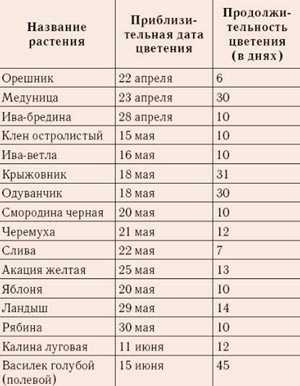
The principle of the table is simple. In its first line, the earliest plant blooming in the area is introduced. The countdown is conducted from it. For example, in the steppe and forest-steppe, this is a well-known mother-and-stepmother.
The sheet is then divided into two columns (or three, as in the picture on the left). In the first, there will be the name of the plant, in the second, the number of days after which it blooms after the earliest honey plant in this area. For example, in the climatic zones already given for example, the coltsfoot is followed by hazel (after five to six days), followed by lungwort (seven to eight days), dandelion (19-20 days), and so on.
It will be useful to record, among other things:
- the quality of honey collection (its strength: bad, average, strong);
- dependence of summer bees on the weather;
- and the indicators of the control hive to know exactly how much nectar is brought in a day.
Plants in spring
The beekeeper will have to do a good job of exploring the area around his apiary to find out which plants are the first to break through the snow.
Traditionally, spring begins with sap flow at the Norway maple.… In the south, this occurs in February, in the northern regions – closer to March, April. Approximately ten days after this, willows, birches, alder and poplar “wake up”.
Zero temperature on the thermometer does not prevent the development of early grasses, which feel great under the snow that has not yet melted! It:
- sprouts of dreaminess;
- cleaner;
- anemone oak;
- lungwort;
- and, of course, mother-and-stepmother with her soft pink shoots.
As soon as the spring sun warms up, all this herbal abundance of forests will be on thawed patches and the first spring flowers will bloom. At the same time, there is still no honey base in the meadows.
The willows will awaken immediately. The buds will swell near the thickets of alder and hazel (hazel). Bees will fly en masse for the first pollen. This happens about five days after the appearance of inflorescences of coltsfoot.
Flowers will appear from the herbs at this time (listed in the order of flowering):
- near the noble coppice;
- the white anemone;
- in Lungwort;
- goose onions;
- in the crest.
The hazel trees are joined by: willow (red), willow bredin, wolf bast, aspen, silver poplar, elm, warty birch, larch.
Shrubs consistently bloom flowers:
- red elderberry;
- black currant;
- spiraea is viscous;
- Red currants.
Early spring with its erratic weather gives way to warm days… Behind the warty birch, inflorescences are thrown out by many garden and wild trees, shrubs. Such as the:
- different types of poplar;
- apple trees;
- pears;
- thickets of yellow acacia;
- sharp-leaved maples;
- small-leaved lindens;
- Ussuri pears;
- cherry trees;
- bushes of different varieties of gooseberries.
Bird cherry is a very important “marker” in the flowering table of local vegetation. Behind it, honey plants bloom, completing the last spring period. Such as bushes of lilac, common honeysuckle, mountain ash, hawthorn, irgi, barberry, blackthorn, red elderberry. And also trees: horse chestnut, mountain ash, plum, cherry, sweet cherry.
Plants in summer
The beginning of summer is always accompanied by a riot of herbs… At this time, the lilac bushes fade, the elm scatters the fruits. Of the early summer herbaceous melliferous plants and shrubs for apiaries, the most valuable are:
- thickets of wild raspberries;
- viburnum bushes;
- Tatar;
- osot;
- burdock;
- meadow geranium;
- field cornflower;
- ivan tea;
- red clover;
- plate.
Closer to mid-June (in some regions to the first days of July), small-leaved linden throws out fragrant inflorescences. The second half of the summer period begins with it. It is also a kind of reference point for beekeepers, allowing to determine honey plants and their flowering time.
Blooms in nature:
- sweet clover (white and yellow, called fragrant);
- oregano;
- sage;
- alfalfa;
- mullein;
- field breeder;
- kotovnik;
- burnet;
- corn;
- sunflower;
- different varieties of clover;
- prickly tartar;
- sedum;
- buckwheat;
- shouts.
Lindens, meadow grasses and field crops provide apiaries with the main (main) summer bribe of marketable honey. In central Russia, in the south and in the Volga region, this active period for bees ends in August.
Plants in autumn
By the fall, bees reduce their flight activity. Most plants change their leaf color and stop blooming. The stocks of nectar and pollen of the bee colony in August-September are replenished by:
- beautiful pickle (gill);
- heather (all its varieties);
- white snowberry (blooms until the first frost);
- crown crown;
- golden rod (common goldenrod);
- snakehead;
- hyssop shrubs;
- Chinese tea (common in the Krasnodar Territory);
- autumn kulbaba (found throughout the European part and in the Caucasus);
- ball-head screech;
- tartar and other plants.
Calendar requirements
To eliminate errors when observing plants, you must follow the following rules:
1)Observe for several seasons exclusively for species growing in the same area.
2)Only those plants that are characteristic for a particular area are entered into the calendar. They are fully adapted to the climate, grow here constantly, and attract pollinating insects.
3)For observation, it is better to choose middle-aged trees and bushes that produce the maximum amount of nectar and / or pollen. Herbs are observed in places of their mass distribution.
4) For the beginning of flowering, take the day on which:
- in grasses, the first flowers will open on 5-10 plants;
- shrubs and trees will develop flower petals (for insect-pollinated species), or pollen begins to fall when touched (for wind-pollinated species).
5)For mass flowering, take the moment of blooming 50% of the inflorescences of plants in the observed area.
6)For the end of flowering, take the day on which:
- only individual plants bloom in grasses;
- on trees and shrubs, flower petals fall off or pollen does not emit (it stops falling when touched).
In the future, the compiled notes will help the beekeeper orientate correctly in the flowering of honey plants in his area. As practice shows, the calendar allows you to achieve high honey harvests even in years with a bad bribe, especially when the apiary moves.

